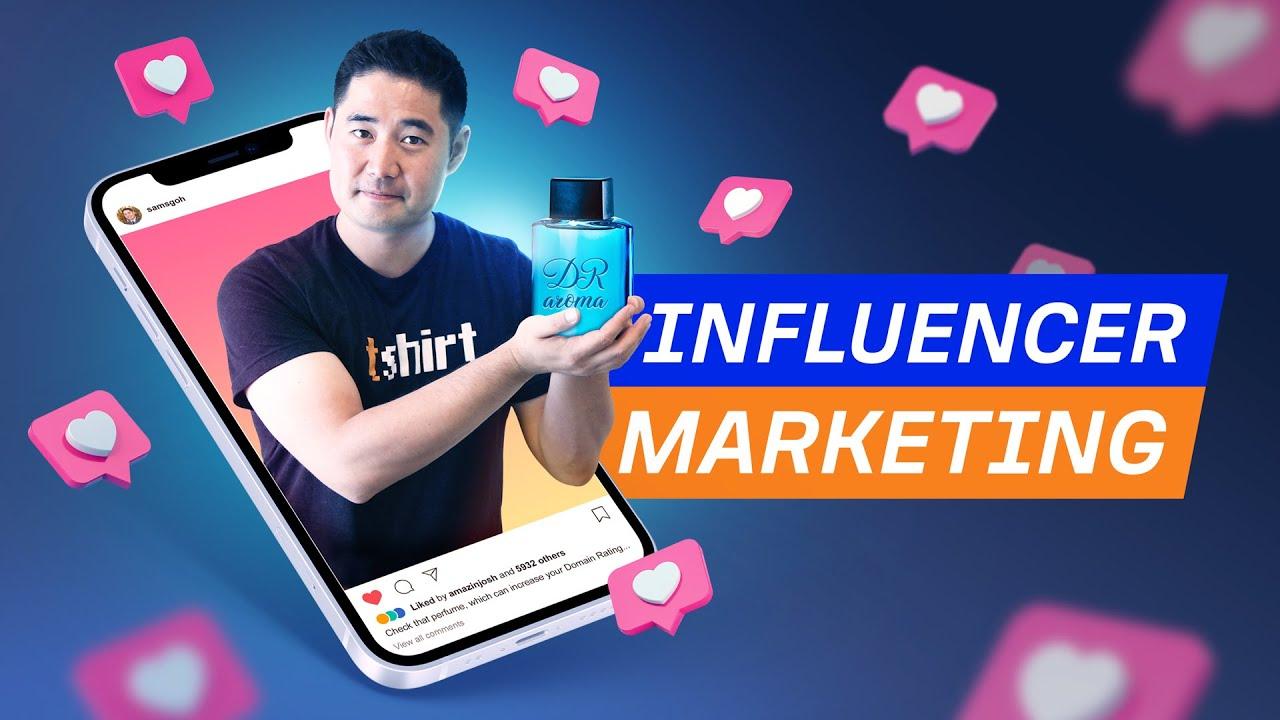
In the age of digital dynamism,where the line between personal expression and commercial influence continues to blur,YouTube stands at the forefront of a unique revolution. Influencers, onc mere content creators, have evolved into powerful marketing megastars, captivating audiences and forging authentic connections. Yet, behind this shimmering façade lies a landscape dotted with legal intricacies and responsibilities that both influencers and brands must navigate with care. “Unpacking the Law: Navigating YouTube Influencer Marketing” delves into the multifaceted realm of influencer marketing on one of the world’s largest video platforms. From disclosure requirements to intellectual property rights, we’ll explore the essential legal frameworks that govern this vibrant marketplace, equipping brands and creators alike with the knowlege to thrive responsibly and innovatively in their collaborations. Join us as we peel back the layers on what it truly means to market in the age of the YouTube influencer.
Understanding the Legal Framework of Influencer Marketing on YouTube
In the dynamic landscape of YouTube influencer marketing, understanding the legal framework is essential for both content creators and brands. the Federal Trade Commission (FTC) has established guidelines to ensure that advertisements are obvious and not misleading to viewers. Key requirements include disclosure of any material connections between influencers and brands. This can be achieved through hashtags such as #ad or #sponsored, prominently placed within video descriptions or on-screen during the content. Influencers must remain vigilant, as failure to comply with these regulations can led to substantial penalties.
Moreover, beyond FTC guidelines, influencers must navigate a myriad of additional legal considerations, such as copyright, trademark laws, and privacy regulations. It’s crucial to ensure that any content used,including music and visuals,does not infringe on someone else’s intellectual property. Additionally, influencers should understand audience demographic restrictions, particularly when dealing with products targeting specific age groups. Below is a simple overview of some of these critical legal considerations:
| legal Aspect | Key Points |
|---|---|
| FTC Guidelines | – disclosure of sponsorships – clear labeling of sponsored content |
| Copyright Law | – Use licensed music – Create original visuals |
| Privacy Regulations | – Avoid sharing personal data – Be cautious with giveaways |

Disclosures and Transparency: Best Practices for Compliance
Compliance within influencer marketing on platforms like YouTube necessitates a clear understanding and execution of disclosures. Creators should always ensure that their audiences are aware of any sponsored content or paid promotions. Here are some best practices to guide YouTube influencers in maintaining compliance:
- Use Clear Language: Terms like “ad,” “paid partnership,” or “sponsored” should be incorporated prominently in video titles or descriptions.
- Placement Matters: Disclosures should be placed at the beginning of the video or during the first few minutes to ensure viewers see them.
- Visual Cues: Incorporate on-screen graphics or text overlays stating the nature of the partnership to reinforce the message.
Transparency not only builds trust with the audience but also minimizes potential legal repercussions. By fostering a culture of honesty, influencers help to shape a more ethical digital marketing landscape. Below is a simple framework for organized disclosures:
| Disclosure Type | Usage Exmaple | Best Timing |
|---|---|---|
| paid Sponsorship | “This video is sponsored by [Brand].” | Beginning of video |
| Affiliate Links | “Links below may contain affiliate links.” | Description box |
| Product Reviews | “This review is based on my honest opinion after receiving the product from [Brand].” | Throughout the review |

Intellectual Property Concerns in YouTube Collaborations
As influencers increasingly collaborate on YouTube, understanding intellectual property rights has become essential to safeguard original content and ensure fair use. Creators need to consider how their work—be it videos, music, or artwork—can be used or perhaps misused during collaborations. Here are a few critical aspects to keep in mind:
- Copyright Ownership: Clarify who will own the copyright of the collaborative work.Ensure agreements are in place outlining ownership rights for each contributor.
- License Agreements: Utilize clear license agreements that define usage rights of content shared during the collaboration, such as video clips, images, and music.
- Fair Use Exceptions: Understand the nuances of fair use, especially if utilizing third-party content, to mitigate the risk of copyright infringement claims.
Transparency in these agreements is vital to maintaining good relationships among collaborators. To aid understanding, the following table highlights common types of intellectual property concerns that arise in collaborations:
| IP Concern | Description |
|---|---|
| Copyright Infringement | Using another creator’s work without permission. |
| Trademark violations | Unintentional use of brands that are already trademarked. |
| Content Attribution | failure to credit original creators can lead to disputes. |
| Misrepresentation | Improper endorsement claims can lead to legal repercussions. |

Navigating Contractual Agreements: Key Elements to Consider
When forming contractual agreements in the realm of influencer marketing, it is indeed crucial to identify and articulate various components that govern the relationship between brands and content creators.These elements include the scope of work, compensation, and timelines. Each side should clearly understand what is expected, encompassing:
- Scope of Work: Define deliverables such as the number of posts, types of content, and required audience engagement.
- Payment Terms: Outline how much influencers will be compensated, payment methods, and due dates.
- Duration: Specify the length of the campaign and frequency of content releases.
Moreover, it’s vital to consider legal aspects that may impact both parties adversely if overlooked. these include clauses on intellectual property, confidentiality, and termination rights. Here’s a quick reference table to help summarize the essential legal considerations:
| Aspect | Description |
|---|---|
| Intellectual Property | Clarify ownership rights of content created during the partnership. |
| Confidentiality | Safeguard sensitive information shared between both parties. |
| Termination Rights | Outline conditions under which either party can terminate the agreement. |
Final Thoughts
As we draw the curtain on our exploration of influencer marketing within the vibrant realm of YouTube, it becomes clear that this landscape is as intricate as it is exhilarating. Navigating the legal waters requires not just knowledge but a keen sense of awareness and adaptability. As brands and influencers alike strive to forge authentic connections with audiences, understanding the legal frameworks that govern these interactions is paramount.
From FTC guidelines to copyright considerations, each element plays a vital role in shaping the future of digital marketing. As we continue to witness the evolution of social media and the rise of new platforms, staying informed will empower influencers and marketers to harness their creativity while respecting the boundaries of the law.
in this dynamic age of collaboration and innovation, remember that transparency and compliance not only build trust with your audience but also pave the way for lasting growth in this ever-changing digital ecosystem. as you embark on your influencer marketing journey, may you do so with both vision and caution, ensuring that your contributions to the YouTube community are as legally sound as they are engaging. Thank you for joining us on this insightful expedition into the intricate law of influencer marketing.